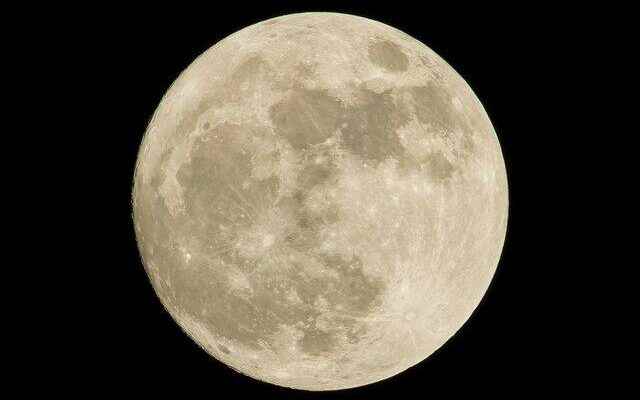No matter how much we step on the moon, even if we think of stepping again years later, it is still a big mystery to us. While many space agencies and space companies operating all over the world aim to use the Moon as a place where people can go more easily, or even as a base, the news from China attracted a lot of attention. Because, according to the news of Vice, China said that it may have solved a mystery on the surface of the Moon.
THEY MAY SOLVE A LONG-GOING RIDEO
According to the report, scientists may have solved a long-standing riddle about the origins of a mysterious element on the Moon with the help of lunar samples brought to Earth by China’s Chang’e-5 mission in 2020.
Chang’e-5 collected about 1,700 grams of lunar soil samples from an as-yet-unexplored region that has been volcanically active over the past two billion years. In other words, this region was evaluated as one of the youngest lands on the lunar surface.
The stony soil samples contain globules of ferric iron (Fe3+), an oxygen-containing version of iron previously thought to be rare on the Moon. But the lunar surface is known to be chemically “reducing”, meaning that oxidized compounds are not easy to form.
ARE MICROMETEORIDES AT THE LEAD OF EVERYTHING?
Now, scientists led by Haiyang Xian, a geochemist at the Chinese Academy of Sciences in Guangzhou, show that this compound can be formed by tiny rock particles called micrometeorites that rain down on the Moon’s surface. According to research published in Nature Astronomy, the discovery establishes a “robust pathway” for Fe3+ formation on the Moon’s surface, meaning that more ferric iron could be found on the Moon than previously known. It is also suggested that the abundance of ferric iron is gradually increased by micrometeoroid impacts.
“Fe3+ formation in lunar materials has been debated for decades.” How Fe3+ is formed, accumulates, and evolves in the reducing environment of the Moon’s surface continues to be debated, Xian and colleagues wrote in the study.
“Here we present solid evidence for the formation of large amounts of Fe3+ by chemical reactions during micrometeoroid impacts on the non-air Moon surface from a sample labeled CE5C0400YJFM00408,” the team added.
The mystery of Fe3+ on the Moon dates back to the Apollo era, when NASA astronauts collected enormous amounts of rock from the Moon’s surface. At the time, Fe3+ was only weakly detected in these rocks, but more recent analyzes with better instruments have revealed higher-than-expected concentrations of the oxidized compound in the Apollo samples.
WHERE DO THEY GET THEIR OXYGEN? TWO DIFFERENT POSSIBILITIES…
What’s more, a recent study found high concentrations of hematite at the Moon’s poles, a finding that has puzzled scientists. These iron compounds may be getting their oxygen from the Earth or from ice deposits on the Moon as our planet leaks this atmospheric gas into space. However, these explanations do not fully explain the new findings regarding the Fe3+ content of the Moon.
Xian and his colleagues think they may have finally solved this riddle with their meticulous scrutiny. The team proposes that the ferric iron in the samples was formed by the so-called “charge disproportionation reaction” that occurs during micrometeorite impacts.
